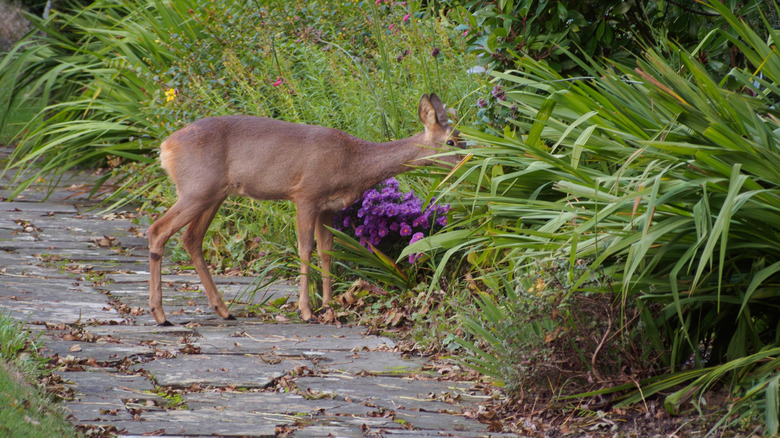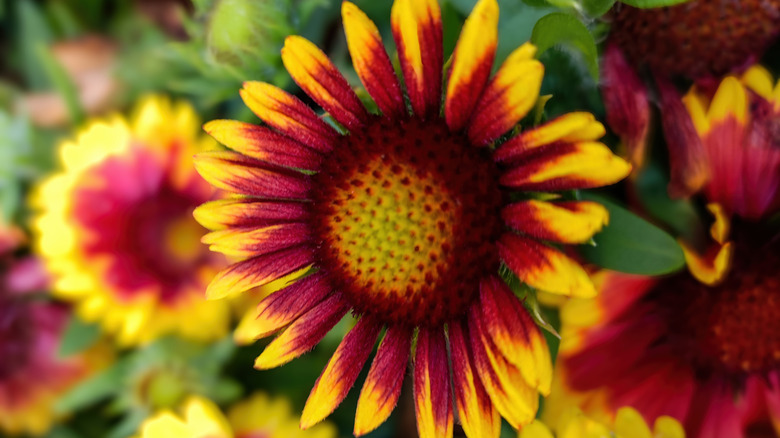The Vibrant Spring Flower That Can Withstand Your Local Deer
Springtime is often synonymous with planting new flowers. While you may be focused on beautiful flowers that can also help bring more pollinators into your yard and garden, it can be disheartening to find that local deer have also taken a liking to your new plants. Unfortunately, no type of herb or flowering plant can ever be completely guaranteed to resist deer, but there are known varieties that deer do not like due to texture, smell, and taste. The blanket flower (Gaillardia pulchella) is one such plant that is considered moderately deer-resistant, and it can be a beautiful addition to any spring garden with the right planting and growing strategies.
Also nicknamed "firewheels" and "Indian blanket flowers," blanket flowers are perennials known for their tapestry-like bright colors of red and yellow, sometimes with purple rings. These plants are indigenous to North and South America, and are considered native species across most of the continental U.S. to southern Mexico. Blanket flowers also belong to the daisy (Asteraceae) family, which could explain their deer resistance. While deer may snack on daisies if they cannot find any other sources of food, they are known to avoid these types of flowers more generally.
Tips for planting and growing blanket flowers while also deterring deer
You can plant blanket flowers from seeds in early spring or after the last frost, ensuring they are spaced between 6 and 12 inches apart. Overall, blanket flowers do well in USDA hardiness zones 3a to 9b. Established blanket flowers thrive in drier soils, which can make them ideal for desert climates and areas with sandy soil. They still need moderate amounts of water though, as well as full sun. You will likely see the plant thrive when grown in areas of well-draining soil. On average, these plants start to flower within three months, and they can grow up to 18 inches tall.
While blanket flowers are still more deer-resistant compared to some other deer favorites, such as ivy, evergreens, hostas, and daylilies, you cannot rule out the possibility that these plants could become food for deer. If you live in a deer-heavy area, know that these herbivores tend to eat the most during the late fall and winter months, and they may even eat deer-resistant plants if they get hungry enough. When your blanket flower plants are not flowering during the off-season, you can consider protecting them with other deer deterring measures, such as fencing off your garden or adding thorny bushes. You can also consider plants that keep away deer, including pungent herbs such as lavender and rosemary. Again, while a persistent deer may possibly eat anything, trying different ways to keep deer out of your yard may still help protect garden plants to some degree.

